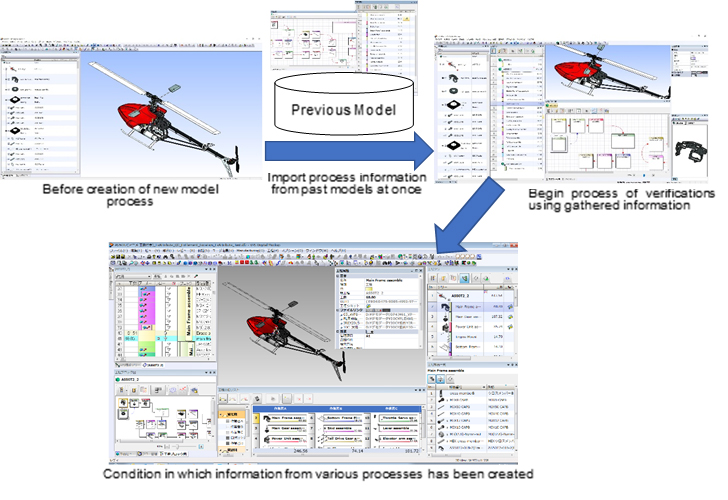


Thus, Drive Theory cannot be explained in isolation. However, if the childhood of the individual was not smooth and had issues, then difficulties are bound to happen in adult life In this stage, the individual now focuses his or her sexual energy on the opposite sex. Genital Stage – This spans beyond twelve years of age.Here, the libidinal energy is directed towards normal childhood activity like school, sports, hobbies and friendship Latency Stage – This spans from six years to twelve years.Boys may develop ‘castration anxiety’ and girls might develop ‘penis envy’ Boys fear castration by their fathers and girl fear jealousy by their mothers. However, they control these urges due to fear of repercussions. Oedipus complex refers to boys who have sexual impulses towards their mothers and Electra complex refers to girls who have sexual impulses towards their fathers. This means that the child has sexual attraction towards the parent of the opposite gender subconsciously. He says that this stage is marked by the Oedipus/Electra complex. This is probably Freud’s most controversial concept. Phallic Stage – This spans from three years to six years.If they becomes fixated in this stage then they may become anally retentive, which leads to a strong need to control and maintain his urges or they may become anally expulsive, which leads to an inability in controlling urges
#WHO CREATED DRIVEDX HOW TO#
Thus, they learn how to control his sphincter and in turn, learn to manage bodily functions. During this stage, children learn to control their body. Anal Stage – This spans from 18 months to three years.However, if it is too dependent on the mother, then it may become very dependant as an adult During this stage, the baby is completely dependent on its mother. Oral Stage – This spans from the birth of the child to 18 months.He categorizes this development into five stages Human beings go through psychosexual stages of development where their personality is developed and molded in the first five years of their life. However, if the dominant response is negative, then the individual’s performance will inefficient and inept.įreud categorizes the human mind into three parts – id, ego and super ego. If this dominant response is correct then the individual’s performance will be efficient and improvement will be seen. This in turn leads to individual manifesting behaviors, which serve as dominant responses. In the presence of a passive audience, the individual goes into a state of deep arousal. A ‘correct dominant response means that that the individual finds the task to be easy while an ‘incorrect dominant response’ means that the individual finds that task to be difficult. It depends on whether the task consists of a ‘correct dominant response’ or an ‘incorrect dominant response’. The presence of an audience affects the execution of a task. Robert Zajonc used Freud’s model to explain social facilitation. He said that since the nature of drives is changeable, other factors such as social situations had an important role to play as well.įreud’s Drive Theory has gone undergone numerous changes and modifications. However, in his later works, Freud reduced the emphasis on drives. This means that he juxtaposed the role of objects only against the discharge of drives. Thus, he labeled all facets of personality and psychopathology as a function. Hence, he made his model more flexible which would later adapt changes and new findings. He was cognizant of the need for ‘object relations’ that is, studying drives in context with the broader environment. He says that the libidinal drive is the more important one of the two.Įven though Freud described drives as reactions to certain stimuli, he, ironically, studied it in isolation. They consist of libidinal and sexual drives. These drives are ‘mental representations of unspecified nervous system excitation related in some way to sexual and aggressive urges.’ The individual seeks to satisfy these urges so that he can return to the homeostatic state.Īccording to Freud, drives are dual in nature. However, when this homeostatic state is disturbed, our body reacts by forming drives. Freud says that the human body constantly strives for a homeostatic state. ‘ Drive’ is an ‘ appetitive internal force’. In the early stages of the development of psychoanalysis, the concept of drive was an important aspect. However, it is still considered a major breakthrough in the field of psychoanalysis.ĭrive Theory, or the Theory of Instinctual Drive, was introduced by Freud to understand aggressive behaviour. Throughout the decades, the Drive Theory has gone through various changes. Developed by Sigmund Freud, it was presented in his book, ‘The Ego and the Id’, which was published in 1923. The Drive Theory is an important concept in psychoanalysis.


 0 kommentar(er)
0 kommentar(er)
